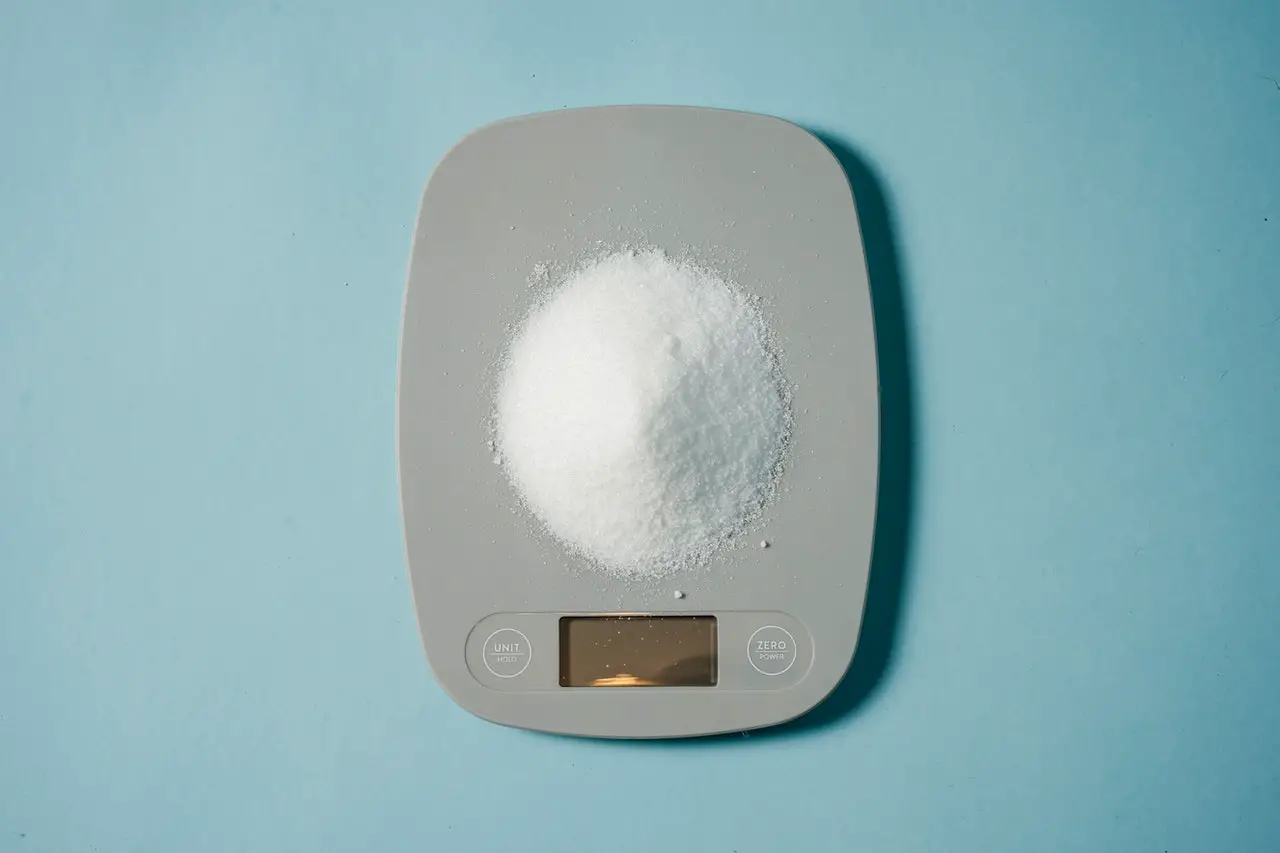The digital scale is a common tool used in many industries where accurate measurement is important.
For example, for weighing food products for packaging or ingredients, the most accurate way to do this is with an electronic scale. It can be used at home as well as commercially, but compared to other scales it was made to be even more precise.
In this post, we’ll talk about why does my digital scale give different weights or changing again and again?
Let’s find out!
Why Does My Digital Scale Give Different Weights? [Quick Answer!]
There are 7 reasons usually:
1) Quality Matters
2) Calibrate
3) Circuitry Problem
4) An Unbalanced Load
5) Shaky Or Uneven Surface
6) Low Battery Or Unstable Power Source
7) Overloaded
3 Best Digital Scales To Get
| Digital Scales | Amazon Price | Rank |
|---|---|---|

| Check Here | 3 |

| Check Here | 2 |

| Check Here | No. 1 |
Detailed Answer!
Weights and measurements are tricky, and any measurement you make is only as good as the measuring device you use.
A digital scale will give different readings each time you weigh an item, because of the need to calibrate the device before each measurement.
If it is not calibrated, as in some cheap scales, you can get wildly different weights each time you use it. You can calibrate a digital scale by placing a known weight on it — a kilo of potatoes, a kilo dumble etc and then calibrate the device accordingly.
Adding a kilo of potatoes would show a weight of 1kg. You can repeat this with another 1kg of potatoes, and each time the scale will subtract the original weight from what is now a 1kg measurement. In this way, you can calibrate the device to a high degree of accuracy.
1. Buy Only High-Temperature Stability Digital Scales
Getting the only high-temperature stability digital scales is the best possible way to avoid your digital scale giving different readings at all time.
Because the digital scale or manual scales as well can be impacted because of the hot temperature outside the scaling system.
That’s why it’s really important to keep your digital scale in a cool temperature to avoid any sort of malfunction of your machine.

Revenue in the Smart Scales segment is projected to reach US$3.80bn in 2023. Revenue is expected to show an annual growth rate (CAGR 2023-2027) of 7.21%, resulting in a projected market volume of US$5.02bn by 2027.[1]
2. Calibrate
Calibration is the process of adjusting a measuring instrument to make it give correct readings. The term was originally confined to mechanical and electrical instruments, but now applies more widely to other types of measurement techniques.
The aim in calibration is to bring an instrument’s measurements closer to the true value they represent by adjusting the weight parameter.
In calibrating an instrument, it is important that any change made should have a negligible effect on its accuracy or precision for use by itself or in combination with other instruments.
Make sure you calibrate your digital scale properly to avoid the machine providing different weights.
3. Circuitry Problem
Digital scales are not just used to measure the weight of the object, but also have many other applications.
These are widely used in various industries such as food processing, chemical industry, pharmaceutical industry, textile industry and so on. The digital scale is an important tool for scientific experiments.
Because digital scales can eliminate human errors caused by manual weighing methods. Digital scales have a wide range of standards according to different industries and indexes so that they can be applied to different fields.
However, circuitry problem can cause the machine to malfunction and this giving different set of wrong outputs.
4. An Unbalanced Load
If you’re stepping on your digital scale and seeing different weights, it could be because of an unbalanced load. When weight isn’t evenly distributed on the scale, it can give inaccurate readings.
Also, you want to make sure that you’re placing the items you’re weighing in the center of the scale. If they’re not balanced, it can affect the accuracy of the reading.
5. Shaky Or Uneven Surface
If you’ve ever stepped on a digital scale only to have it give you a different weight than you were expecting, you’re not alone. Many people find that their weight fluctuates depending on the surface they’re standing on.
There are a few reasons for this. First, if the surface is uneven, shaky or unstable, the scale may not be able to get an accurate reading. Second, if you weigh yourself immediately after eating or drinking, your weight may be affected by how much food or liquid is in your stomach at the time.
So what can you do to get an accurate reading? First, make sure you’re standing on a level surface before stepping on the scale. Second, wait at least 30 minutes after eating or drinking before weighing yourself. By following these simple tips, you can be sure that your digital scale is giving you an accurate reading.
6. Low Battery Or Unstable Power Source
A low battery can cause your digital scale to give inaccurate readings. If your scale is running on low power, it’s important to replace the batteries as soon as possible.
An unstable power source can also lead to inaccurate readings on your digital scale. If you’re using an extension cord, make sure it’s properly plugged in and not loose. Also, avoid using your scale near appliances that generate a lot of heat or electromagnetic fields, such as microwaves or computers.
7. Overloaded
An overloaded scale can give inaccurate readings, which means you might not be getting an accurate picture of your weight.
The reason is that the scale isn’t designed to handle too much weight. If you’re carrying around a lot of extra weight, the sensors in the scale can get overwhelmed and give you an inaccurate reading.
Why Does My Scale Show Different Weights When I Move It?
There is an explanations for why your scale might show different weights when you move. A possibility is that the scale is simply not level. If the scale is even slightly tilted, it can give an inaccurate reading.
If you’re concerned about getting accurate readings from your scale, there are a few things you can do. First, make sure the scale is level by checking it with a leveler or by placing a ruler on top of it.
Second, you need to calibrate the scale every time you move it on a new place.
